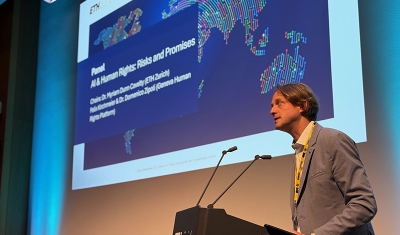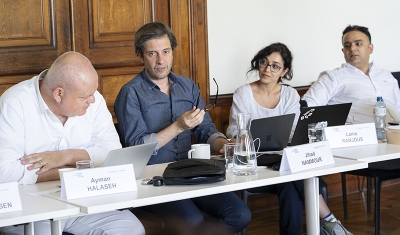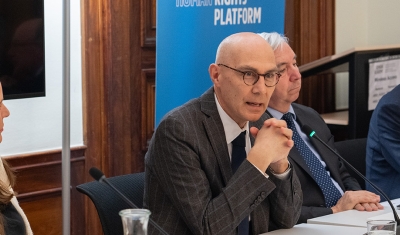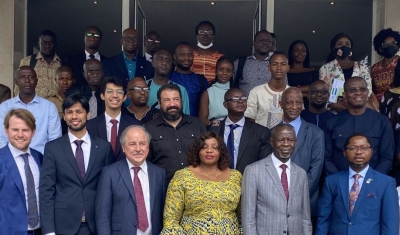New Book Provides a Unique Practitioner’s Insight into the Work of the UN Human Rights Council

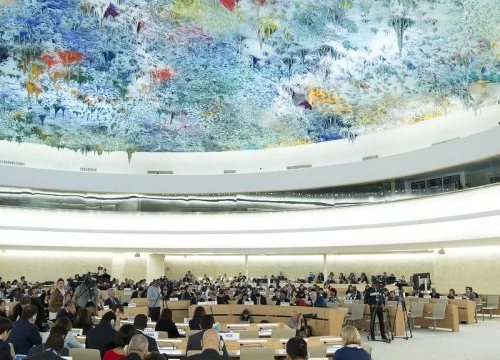
UN Photo / Jean-Marc Ferré
4 May 2020
The new book The Human Rights Council: A Practical Anatomy published by Elgar dissects every aspect of the United Nations (UN) Human Rights Council's (HRC) work and analyses the efficiency of, and interactions between, its mechanisms.
Authored by Eric Tistounet, Chief of the HRC Branch at the Office of the UN High Commissioner for Human Rights (OHCHR), it provides a unique practitioner’s insights into the complex decision-making processes of the Council, its functions and different procedures, as well as its main stakeholders – states, non-governmental organizations and experts.
‘This book is to become a key reference for all the actors involved in the work of this main human rights body: NGOs, diplomats, UN officials and other participants in HRC proceedings. It will also constitute a very valuable tool for human rights students and academics seeking to broaden their understanding of HRC operations’ underlines Marco Sassòli, Director of the Geneva Academy.

The Outcome of a Research Fellowship at the Geneva Academy
This book is the outcome of a six-months research fellowship carried out by the author at the Geneva Academy.
‘Rarely has a UN body attracted so much passion and interest. However, the HRC is far too often analysed and considered against the sole background of deeply rooted political beliefs, which I have observed are frequently disconnected from reality’ underlines Eric Tistounet.
‘When I started my fellowship at the Geneva Academy in the spring of 2018, my intention was thus to share my experience as an observer of the intergovernmental human rights system and as an insider from within the machinery looking on from the outside. I was greatly helped in this delicate endeavour by my stay in the wonderful, stimulating and welcoming Villa Moynier. I enjoyed the long hours spent in my office in the middle of a splendid park and the very many enriching conversations with the direction and staff of the Geneva Academy. Thanks to their impeccable support I managed to complete my project and readied it for publication by Elgar Publishing’ he adds.

FUTURE LAUNCH
The book was supposed to be launch during the 43rd session of the HRC in the presence of the author, H.E Coly Seck, Ambassador, Permanent Representative of Senegal to the UN Office at Geneva and Former President of the HRC, Laila Matar, Deputy Director for United Nations, Human Rights Watch’s office in Geneva, and Bertrand Ramcharan, Former UN Acting and Deputy High Commissioner for Human Rights.
Due to COVID-19 crisis, the launching has been postponed to an upcoming HRC session.






